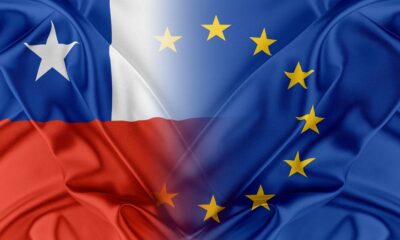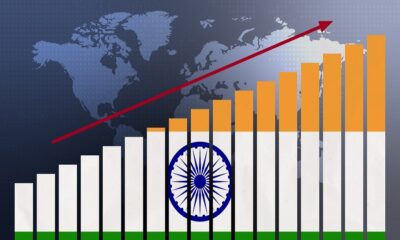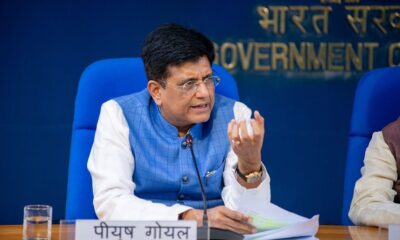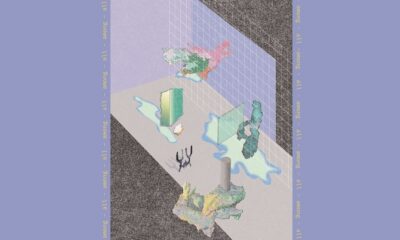Fashion
Brazil cotton sales pick up; ICAC sees higher 2025/26 output
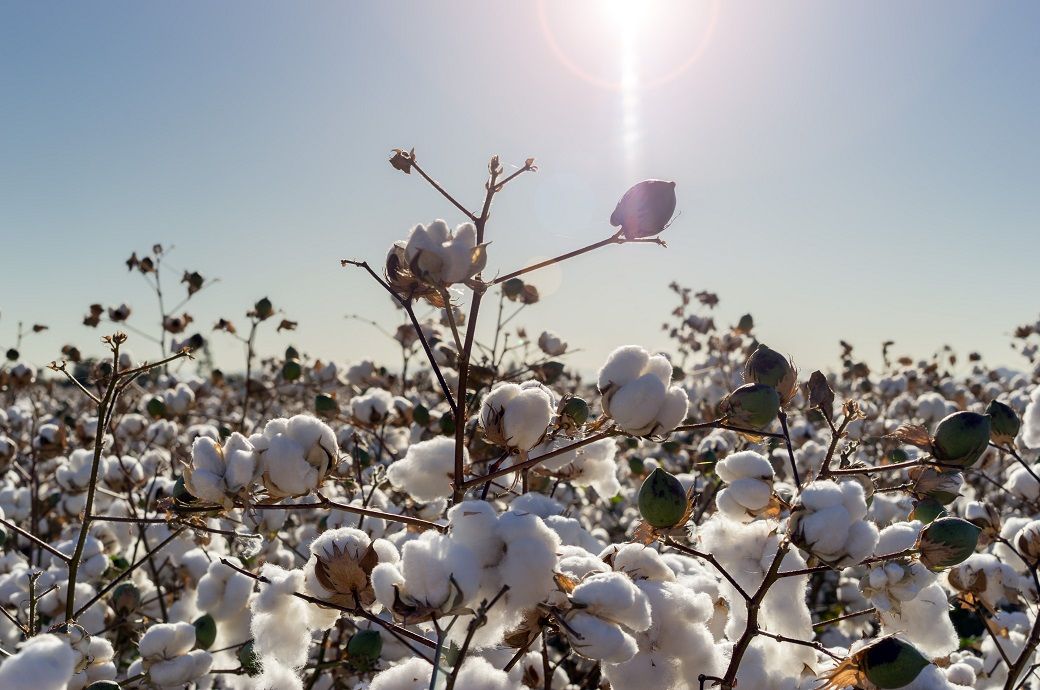
Liquidity in Brazil’s domestic cotton market increased in mid-August, with more trades of term contracts as both buyers and sellers sought to close deals. Prices eased slightly due to lower export parity, returning to levels last seen in May 2024, making domestic sales more attractive, according to Centre for Advanced Studies on Applied Economics (CEPEA).
Brazil’s cotton market saw higher liquidity in mid-August as prices eased to May levels, boosting domestic sales.
The CEPEA/ESALQ Index fell 2.9 per cent to BRL 4.0140/lb by Aug 15.
Harvest progress lagged, with 33.56 per cent complete by Aug 7, below averages.
Globally, ICAC projects 2025/26 output at 25.91m tons, up 1.55 per cent, with consumption at 25.56m tons, slightly below supply.
The CEPEA/ESALQ Index (payment in 8 days) dropped 2.9 per cent between July 31 and August 15, closing at BRL 4.0140 per pound on August 15.
According to Abrapa, 33.56 per cent of Brazil’s 2024/25 cotton crop had been harvested by August 7. In Mato Grosso, the country’s top producer, the harvest reached 27 per cent, while in Bahia it stood at 40.56 per cent, CEPEA said in its latest fortnightly report on the Brazilian cotton market.
Conab data showed 29.7 per cent of the national crop was harvested by August 2, lagging behind 36.7 per cent a year earlier and the five-year average of 46.1 per cent. In Mato Grosso, 20.9 per cent was harvested, well below the 31.8 per cent recorded last year and the 41.4 per cent five-year average.
Globally, the International Cotton Advisory Committee (ICAC) projects cotton acreage in 2025/26 at 31.3 million hectares, with average yields of 827 kilos per hectare. World production is expected to reach 25.912 million tons, a 1.55 per cent increase from the previous season.
Consumption is estimated at 25.564 million tons, 0.26 per cent higher than in 2024/25, though still 1.34 per cent lower than global supply.
Fibre2Fashion News Desk (HU)
Fashion
U.S. Black Friday online sales hit record $11.8 billion, Adobe reports
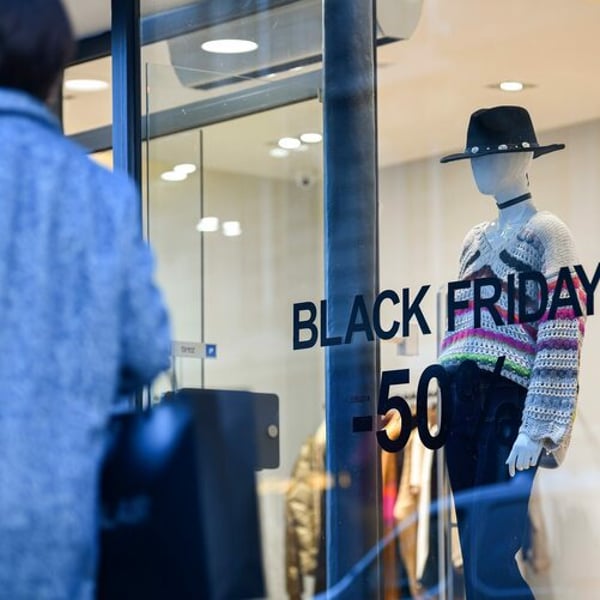
By
Reuters
Published
December 1, 2025
American shoppers spent a record $11.8 billion online on Black Friday, up 9.1% from last year, final data from Adobe Analytics showed.
Adobe Analytics, which tracks over 1 trillion U.S. retail site visits, expects shoppers to spend $5.5 billion on Saturday and $5.9 billion on Sunday, up 3.8% and 5.4% from a year earlier respectively.
Separately, software firm Salesforce reported that American consumers had spent $18 billion on Black Friday purchases, up 3% from a year ago, with luxury apparel and accessories among the most popular categories.
Although U.S. consumers spent more this Black Friday compared to last year, price increases hampered online demand, according to Salesforce, with shoppers purchasing fewer items at checkout compared to last year.
At physical stores, the bargain-chasing was relatively subdued on post-Thanksgiving morning, with some shoppers saying they feared overspending amid persistent inflation, trade policy-driven uncertainty, and a soft labor market.
Cyber Monday, traditionally a big day for online deals, is expected to be the season’s biggest online shopping day again, Adobe projects, driving $14.2 billion in spending, up 6.3% from last year.
© Thomson Reuters 2025 All rights reserved.
Fashion
Mielle becomes NFL’s first textured haircare partner

Published
December 1, 2025
Textured haircare brand Mielle has launched a new partnership with the National Football League, marking the League’s first collaboration with a textured haircare company.
The campaign aims to support the millions of NFL fans with textured hair—women now make up about half of the NFL’s fanbase—while addressing the unique hair challenges faced by athletes wearing helmets, including dryness, breakage and frizz.
The partnership expands Mielle’s growing footprint in professional sports and is designed to boost representation, access to high-quality care, and product innovation for textured-hair athletes and fans.
“The NFL is excited to have Mielle, a brand that is committed to performance, community, and empowering fans and athletes, lean into the NFL partnership” said Tracie Rodburg, SVP global partnerships, NFL.
“This partnership aligns with the league’s mission to build lasting connections within our communities nationwide and celebrate the self-expression of our players and fans.”
The P&G brand says the collaboration gives Mielle a major platform to showcase the performance of its dermatologist-reviewed, Skin Health Alliance–accredited formulas under real athletic conditions.
“We’re honored to be the first textured hair care partner of the NFL through our partnership with P&G,” said Monique Rodriguez, founder and CEO, Mielle. “For so many of us, football represents family and community. It’s attending cookouts, tailgates, reconnecting with family and friends, and showing up in your favorite team colors. And for millions of fans, that includes twisting, braiding, and caring for your textured hair before kickoff.”
The announcement is accompanied by a social-first campaign, including the viral “Passing the Phone” video moment featuring talents across the league from including players, executives and agents, to players’ families and on-air talent.
Copyright © 2025 FashionNetwork.com All rights reserved.
Fashion
India’s logistics push puts fashion in the fast lane
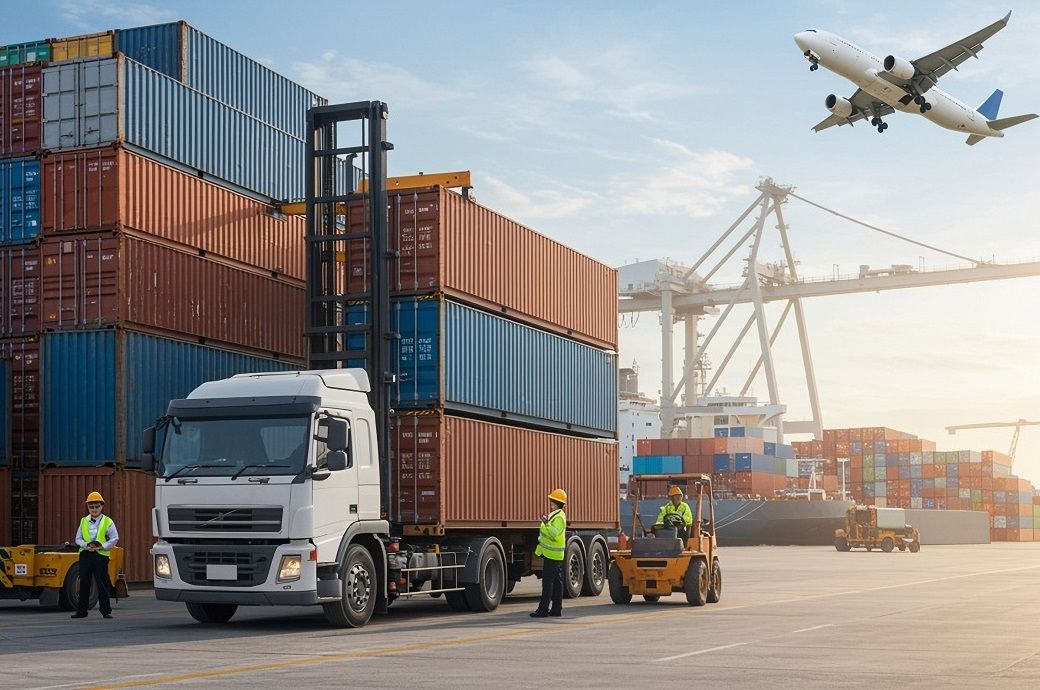
The government’s three-year scorecard backs this up. Since its launch in September ****, ULIP has integrated more than thirty logistics and customs systems and clocked over *.* billion (***+ crore) API transactions as of around August ****, effectively treating data flows like rails. LDB, operational since July ****, has cumulatively tracked over ** million EXIM containers across *** inland container depots (ICDs) by around August ****, turning container visibility from a premium add-on into the default. A Transportation Emissions Measurement Tool (TEMT), developed by IIM Bangalore and partners and endorsed by DPIIT, now gives exporters an ISO-*****-aligned way to report logistics emissions, so freight can sit alongside product footprints in sustainability dossiers.
From Map to Mill Gate: What Gati Shakti Has Actually Changed
-

 Sports1 week ago
Sports1 week agoWATCH: Ronaldo scores spectacular bicycle kick
-

 Entertainment1 week ago
Entertainment1 week agoWelcome to Derry’ episode 5 delivers shocking twist
-

 Politics1 week ago
Politics1 week agoWashington and Kyiv Stress Any Peace Deal Must Fully Respect Ukraine’s Sovereignty
-

 Business1 week ago
Business1 week agoKey economic data and trends that will shape Rachel Reeves’ Budget
-

 Politics1 week ago
Politics1 week ago53,000 Sikhs vote in Ottawa Khalistan Referendum amid Carney-Modi trade talks scrutiny
-

 Tech6 days ago
Tech6 days agoWake Up—the Best Black Friday Mattress Sales Are Here
-

 Fashion1 week ago
Fashion1 week agoCanada’s Lululemon unveils team Canada kit for Milano Cortina 2026
-

 Tech23 hours ago
Tech23 hours agoGet Your Steps In From Your Home Office With This Walking Pad—On Sale This Week


